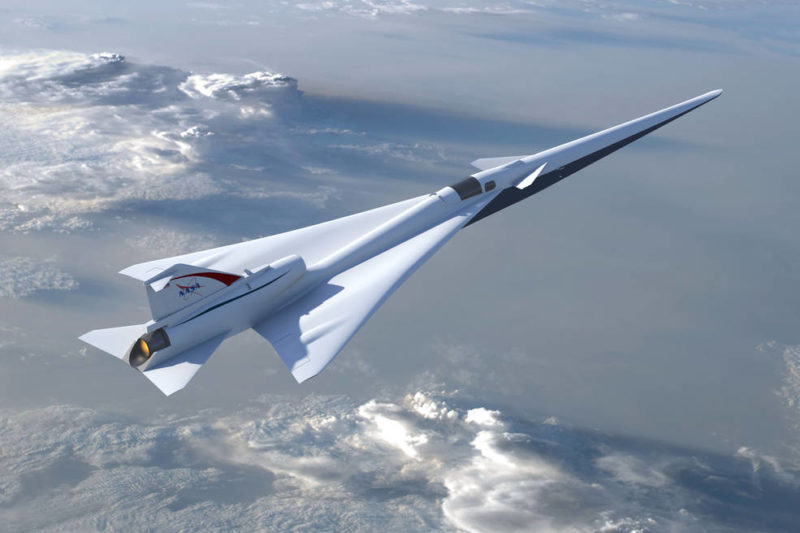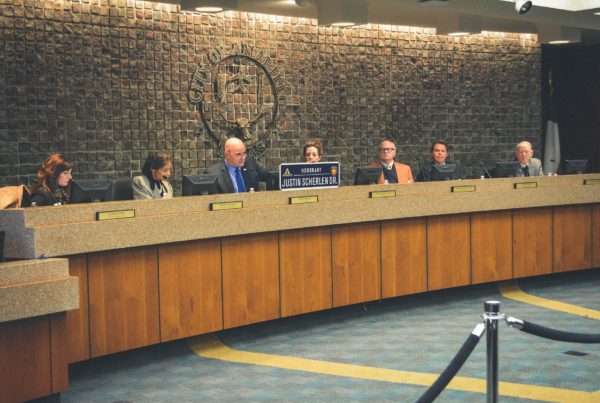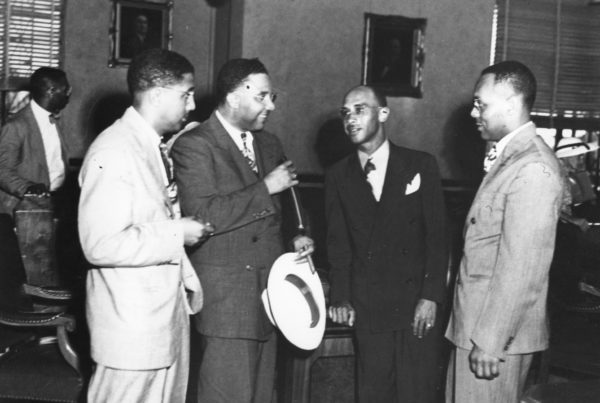A flight from Dallas to London takes about nine hours on average. That’s not bad, considering the 4,800 miles or so between the two cities. But imagine cutting that travel time in half. That’s the promise of supersonic flight – a plane moving faster than the speed of sound. It’s not only possible: it’s been done commercially before.
But supersonic flight comes with a very noisy catch – sonic booms that are so jarring and disruptive to those on the ground that commercial supersonic flights are prohibited. At least, they are for now.
“When the Concorde and the U.S. supersonic aircraft program were started in the 60s, there were tests done in communities with military aircraft, to see how people reacted to sonic boom noise. And the reaction was horrendous,” says Peter Coen, the project manager of NASA’s Commercial Supersonic Technology Project. He is currently overseeing testing of supersonic flight in Galveston, and says such aircraft can fly at nearly double the speed of current commercial jets – close to 1,000 miles per hour.
Coen says Galveston, an island community with a widely-dispersed population, is an ideal place to test supersonic planes, as NASA works to eliminate the problematic sonic boom.
Coen says the trick to eliminating booms is to design the plane’s body so that the shockwaves that would ordinarily travel away from the plane and cause loud bangs down to the ground, are dispersed high in the air, by the plane itself.
Coen says the result for people living near a supersonic takeoff will be more like a thump than a bang. Similarly, he says he’ll feel his Galveston tests are successful if no one notices the sound made by his supersonic plane.
Written by Shelly Brisbin.

















